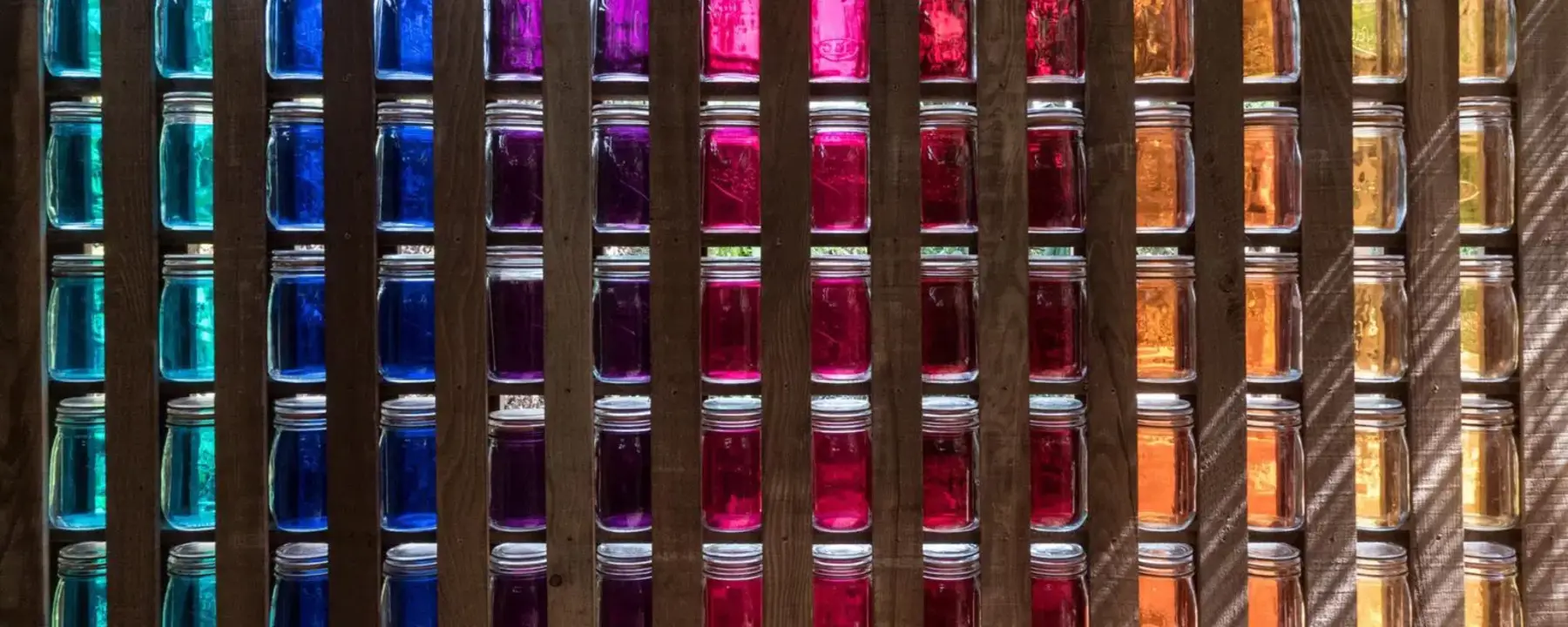R.O.Y.G.B.I.V. is the common acronym for all the colors in the rainbow, one of the most natural sources of color in the world. Wouldn’t it be nice if we could directly bottle those colors straight from the sky? Unfortunately, the colorants used in consumer products are not just made of light and water droplets, but chemistries that are under more scrutiny than ever before. As brands face pressure to create cleaner labels and more sustainable formulations, clients are engaging RTI Innovation Advisors to search for innovative approaches to natural colorants.
Recently one of our clients, a Fortune 500 FMCG manufacturer, asked us to explore options to improve the stability of natural colorants and new sources of natural blues and greens. To broaden our client’s understanding of potential technology approaches, solution spaces, and competitive activity, we conducted a broad patent landscape, including:
- An overview of the past 10 years of natural colorant patent activity
- Trends in IP and emerging technologies
- 50 years of competitor and supplier IP activity in natural colorants
- Further analysis of highly relevant patents
- Recommendations on next steps
As a part of our recommendations, we identified innovation themes and gaps for increasing stability and new sources of blue and green. Our research highlighted for our client several areas their competitors were actively pursuing that they might also consider.
For example, microbe-derived pigments are an innovative source of natural blue colorants others are researching. Our research identified areas of untapped potential, including innovation for green pigments outside of chlorophyll and chlorophyll-derivatives. These insights allowed our client to position themselves for future formulation changes as technologies evolve and scale, and consider options available now for a cleaner label while maintaining a vibrant product. Are you missing innovation opportunities in your pursuit of more sustainable formulations? Get in touch today so we can help!

